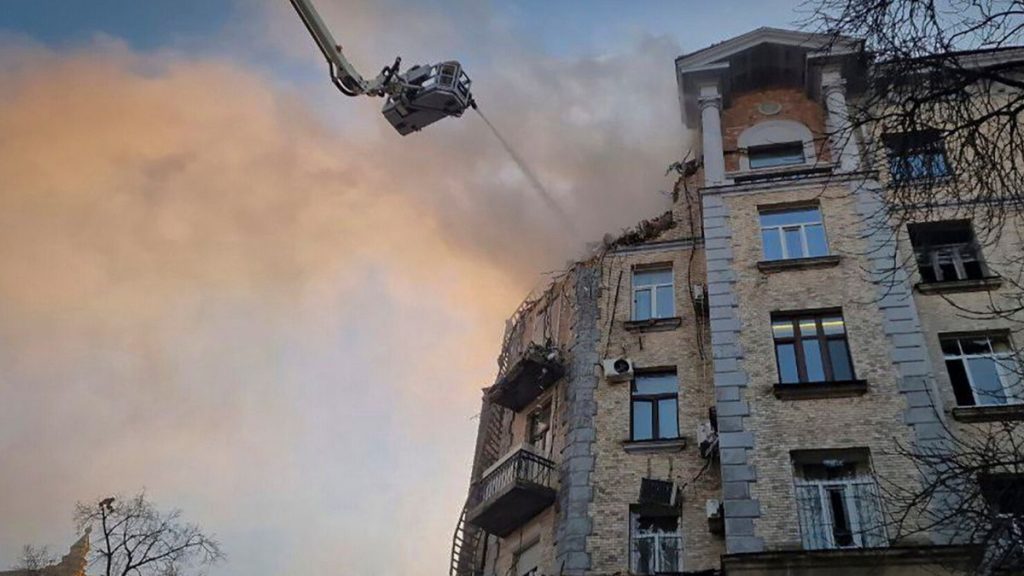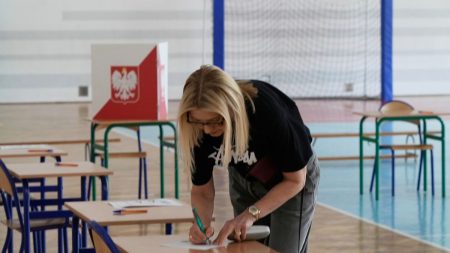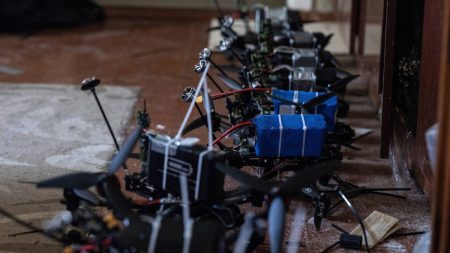The opening days of 2024 witnessed a devastating loss for the Ukrainian scientific community and a stark reminder of the ongoing conflict’s human toll. A Russian drone strike on Kyiv claimed the lives of prominent neurobiologist Ihor Zyma and his wife, biologist Olesia Sokur. The couple, dedicated scientists who had devoted their careers to research at the Taras Shevchenko National University’s Institute of Biology and Medicine, became victims of the relentless attacks targeting the Ukrainian capital. Their deaths underscore the indiscriminate nature of the conflict, which continues to impact civilian lives and inflict irreparable damage on the country’s intellectual and academic landscape. Education Minister Oksen Lisovyi mourned their loss, highlighting their contributions to science and condemning Russia’s actions as an embodiment of “absolute evil.” His words echoed the sentiments of a nation grappling with the constant threat of violence and the tragic consequences of the ongoing war.
The Kyiv drone strike, which resulted in two fatalities and six injuries, was just one instance of the escalating Russian aggression in the early days of the new year. Beyond the capital city, other regions of Ukraine also bore the brunt of the renewed offensive. Kherson, a city frequently targeted due to its strategic location, suffered further casualties with two civilians killed and six injured in attacks on civilian infrastructure, including high-rise buildings and residential homes. Governor Oleksandr Prokudin reported the devastating impact of the strikes, painting a grim picture of the ongoing suffering endured by the city’s inhabitants. The attacks highlight the vulnerability of civilian populations and the widespread destruction caused by the relentless bombardment.
The wave of violence extended further east, with Zaporizhzhia and Donetsk also reporting civilian casualties from overnight attacks. Regional governors confirmed the deaths of one civilian in each region, adding to the mounting toll of the conflict. These scattered attacks, impacting multiple regions across Ukraine, demonstrate the wide reach of the Russian offensive and the pervasive sense of insecurity gripping the nation. The constant threat of aerial bombardment and ground attacks creates a climate of fear and uncertainty, disrupting daily life and exacting a heavy psychological toll on the population.
The Ukrainian Air Force provided further details on the scale and nature of the Russian attacks, reporting a barrage of 72 drones launched overnight. Among these were Iranian-designed Shahed drones, a weapon increasingly deployed by Russian forces in their offensive. Ukrainian air defense systems managed to intercept 47 of the drones, while an additional 24 were forced off course. This information sheds light on the intensifying use of drone technology in the conflict and the ongoing efforts by Ukrainian forces to counter these airborne threats. The success in intercepting a significant number of drones underscores the effectiveness of Ukrainian air defenses, but the sheer volume of attacks highlights the persistent challenge posed by the Russian drone campaign.
The deaths of Ihor Zyma and Olesia Sokur resonate beyond the immediate tragedy, symbolizing the profound loss suffered by Ukraine’s scientific and academic communities. Their dedication to research and their contributions to their respective fields represent the intellectual capital that is being steadily eroded by the ongoing conflict. The war has not only claimed lives but has also disrupted education, research, and scientific progress, hindering the country’s development and future potential. The loss of these two scientists serves as a poignant reminder of the wider impact of the conflict on Ukraine’s intellectual and academic landscape.
The early days of 2024 witnessed a surge in Russian attacks across Ukraine, resulting in civilian casualties and widespread damage to infrastructure. The deaths of scientists Ihor Zyma and Olesia Sokur in a Kyiv drone strike highlight the human cost of the ongoing conflict and the indiscriminate nature of the attacks. The reports from Kherson, Zaporizhzhia, and Donetsk further underscore the widespread impact of the renewed offensive and the escalating violence gripping the nation. The use of drone technology and the efforts by Ukrainian air defenses to counter these threats provide a glimpse into the evolving nature of the conflict. The ongoing attacks serve as a grim reminder of the challenges faced by Ukraine as it continues to defend itself against Russian aggression.










